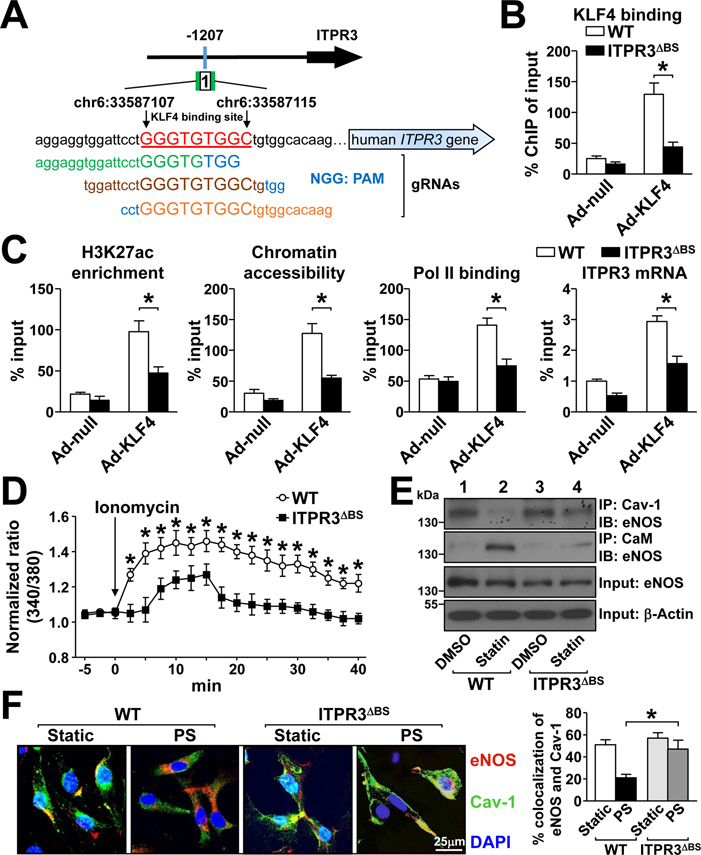Figure 7. KLF4-dependent activation of the ITPR3-eNOS axis.
(A) CRISPR-Cas9 strategy for targeting the 1st KLF4 binding site (chr6:33587106-chr6:33587115) in the ITPR3 promoter. (B, C) Wild-type HUVECs or CRISPR-Cas9-edited HUVECs (ITPR3ΔBS) were infected with Ad-null or Ad-KLF4. KLF4 binding, H3K27ac enrichment, and chromatin accessibility near the KLF4 binding site 1 were detected by KLF4-ChIP, H3K27ac-ChIP, and ATAC-qPCR, respectively. Pol II recruitment near the TSS site was detected by Pol II-ChIP-qPCR, and the ITPR3 mRNA level was assayed by qPCR. (D, E, F) Wild-type and ITPR3ΔBS HUVECs were stimulated with ionomycin, atorvastatin, or PS. The calcium influx rate (D), Cav-1-eNOS or CaM-eNOS co-immunoprecipitation (E), and immunostaining (F) were as described in Figure 5. Data are mean ± SEM from at least 3 independent experiments. For parametric data (D, F), statistical significance was determined by 2-tailed Student’s t test between two indicated groups. Non parametric data (B, C) were analyzed using 2-tailed Mann-Whitney U test between 2 indicated groups. *P < 0.05.

